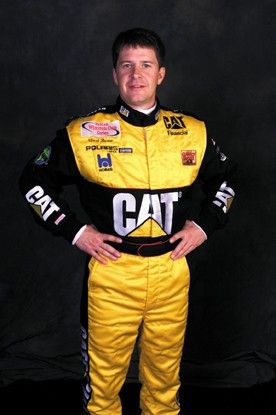The Driver's Gear
NASCAR lacks many of the safety measures found in other racing series, including some type of safety committee, a medical or safety director or a consistent traveling safety team that attends every race. A heavy burden is placed on the NASCAR drivers themselves to make sure that they are as safe as possible when they step inside their cars.
Even under normal, street-driving conditions, there is a great chance that an accident will occur, and that numerous injuries will result. In stock-car racing, the chances for serious injury increase because the force at which these cars collide with other cars or walls is far greater. NASCAR race cars move faster and are heavier than conventional vehicles.
Advertisement
Before beginning a race, a NASCAR driver dons several pieces of protective equipment that could save his life if an accident were to occur. This gear covers the driver from head to toe and would even protect him if a fire were to break out in his car.
Fire-Retardant Suits
Perhaps the most recognizable piece of NASCAR racing gear is the driver's suit, which is emblazoned with patches of the team's sponsors. These suits are almost as recognizable as the drivers themselves. While most of us think of this suit as a walking billboard, it is actually quite important for the safety of the driver.
The suit is made out of either Proban or the same Nomex material that lines the inside of the driver's helmet. As mentioned before, Nomex is a fire-retardant material that protects the driver and crew if there is a flash fire in the pits or a fire resulting from a crash. Unlike other flame-retardant materials, the flame resistance of Nomex cannot be washed out or worn away.
The Nomex is woven into a material that is used to make the suit, gloves, socks and shoes worn by the driver. One of the most common injuries in NASCAR is the driver's feet being burned by the heat coming from the engine. These suits are given a rating to determine how long they will protect drivers from second-degree burns in a gasoline fire, which can burn at between 1,800 and 2,100 degrees Fahrenheit (982 to 1,148 degrees Celsius). Ratings are provided by the SFI Foundation, a non-profit organization that sets standards for various pieces of racing equipment. SFI ratings range between 3-2A/1 (three seconds of protection) to 3-2A/20 (40 seconds of protection).
